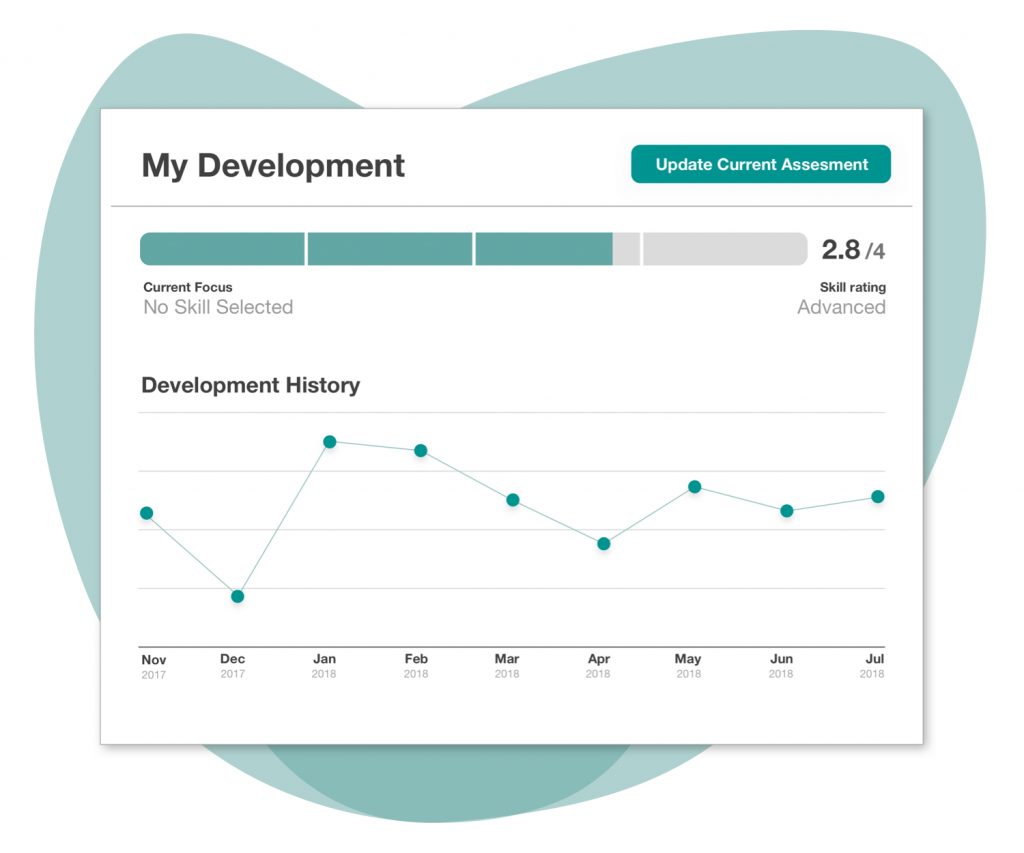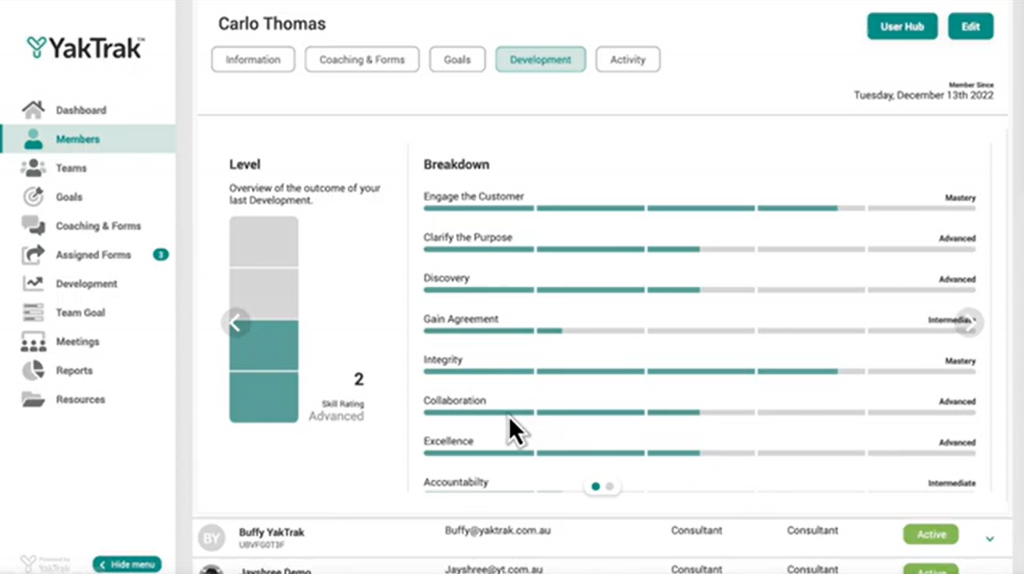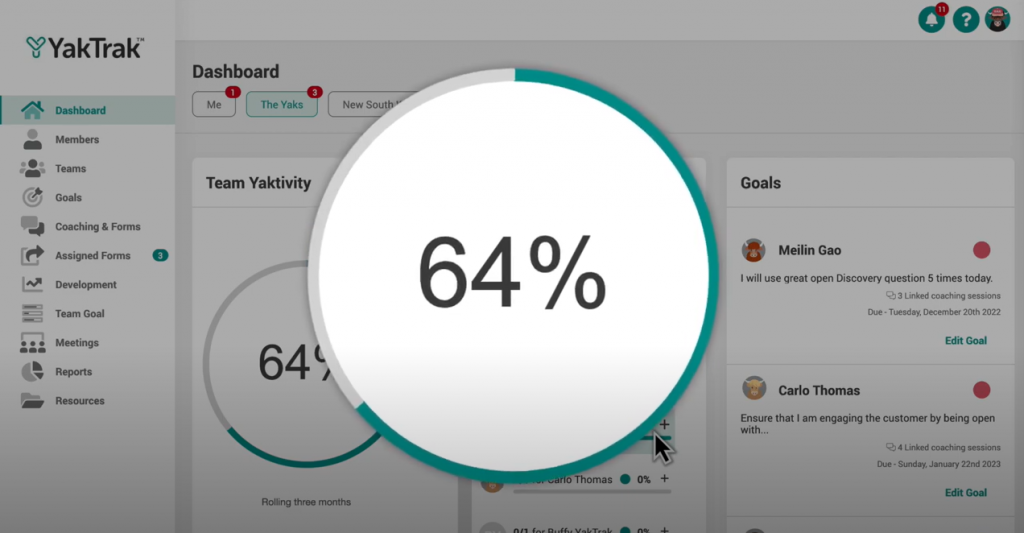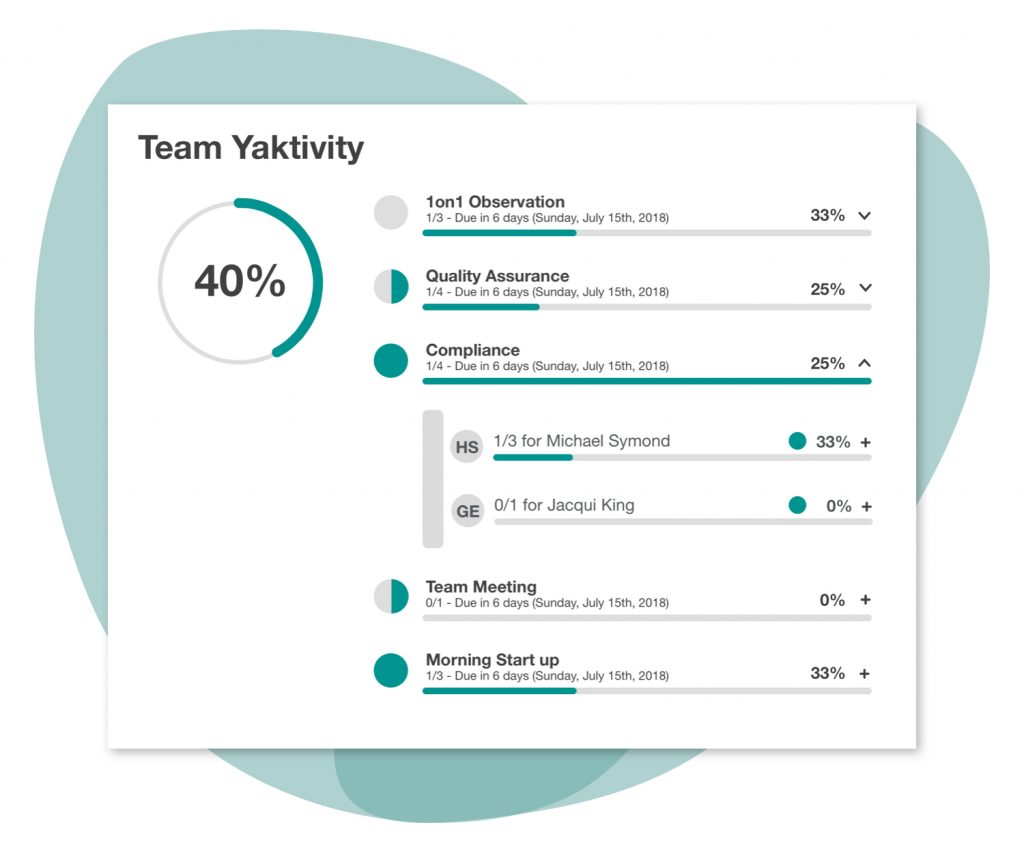Setting goals at work

Goal setting helps you to focus on a desired outcome and how you can achieve it. It’s something that you already do in areas outside of work.
Planning a holiday? Well, that involves goal setting – at the very least you have to choose a destination, work out how you’ll get there and identify the resources you’ll need for transport, accommodation and spending.
Perhaps you have some personal development goals that you’re working towards? You’ve identified that you want to learn a new language. To do so you have reflected on the specific need (e.g., wanting to keep that holiday feeling going) and then created a plan to get there (e.g., downloading a language app and setting a goal to practise every day for a month).
In the workplace, you might be focused on achieving career goals or professional development goals. Managers might look at workplace goals related to organisational success (e.g., employee engagement, job satisfaction, key performance indicators and so on), their own goals (e.g., career growth, leadership skills or other professional goals) and individual employee goals to lift capability.
If you’re working to improve performance or close capability gaps (either as a manager who is coaching or a team member being coached), then your goal setting should be targeted, tracked and supported. In this blog, we explore four steps for goal setting and how you can use YakTrak to set goals and achieve them.
Ready to get on track with the Yak?
Goal setting 1: Setting goals
It can be easy to have a conversation with an employee (often during a performance review) about performance improvements but not actually get into the detailed behaviours or skills that are required to be practised. Without this type of goal setting there’s a lack of clarity on what is supposed to be achieved. A lack of clarity won’t help people improve and achieve goals.
When setting goals, it’s important to ensure that they are clear and focused on a critical aspect that will make a real difference in driving desired outcomes. Setting goals that are behavioural and can be practised within the day-to-day of an employee’s work will make a genuine difference. For example: ‘I will follow up every interaction with a lead within one business day for the next week’. When the goal-setting process captures this type of goal, you’ll be working towards real outcomes that will make a difference quickly. Read our blog Understanding employee development goals and objectives (with examples)for more examples.

Tip: Set smart goals
With employee goal setting it is important to use the SMART framework to set goals – that is, goals that are specific, measurable, achievable, relevant and time-bound. Specific goals ensure clarity, measurable goals can be tracked, achievable goals ensure that there can be progress and keep people motivated, relevant goals align with company objectives (or other workplace goals) and time-bound goals help to concentrate focus and assess progress.
Setting SMART, behavioural goals in YakTrak is easy. YakTrak reflects your organisation’s role capability sets, coaching and conversation frameworks. Everyone (employees and their managers) has access to their own dashboards to set, view and track goals, and leaders have visibility over their team’s goals on the team dashboard.
YakTrak gives ownership to employees while supporting leaders to provide real-time feedback.
Goal setting 2: Achieving goals
YakTrak makes it simple to set reminders and notifications so people don’t forget what they’re working towards. It keeps the focus on the daily actions that people can take to make a real change, along with the behavioural adjustments required.

Regular check-ins with an employee on how they’re going provide a time to offer guidance and can help to overcome obstacles and ensure continuous improvement. YakTrak keeps all your coaching notes, goals and feedback in one place so it can be accessed by team members and their manager, and the handy voice-to-text feature means you can take notes on the go.
Keeping goals in focus helps people achieve their performance goals with actionable steps that make a significant impact on business goals.
Goal setting 3: Tracking progress
Once a goal is set, it’s important to track and measure progress via regular observation and feedback. Managers and team leaders should observe whether the behaviour is being demonstrated consistently and determine what impact the behaviour is having on employee performance.

Using YakTrak to set and monitor progress drives performance by keeping the focus on the daily actions people can take and the behaviours people can work on to make a real change. YakTrak can also provide goal completion rates as another form of measurement.
Goal setting 4: Adjusting if you need to
If you’re not seeing the changes you want to see, you can use YakTrak to establish goals that will make a change.

Even if people are working with well-defined goals, there might be times when you need to refocus and consider goal adjustment. A regular review offers a chance to stay focused, provide constructive feedback and reset. Perhaps an employee is working with non-achievable goals or new challenges have surfaced preventing progress.
YakTrak can be used to easily identify where progress isn’t being achieved and to document feedback and new goals.
Ready to get on track with the Yak?
Get on track with the Yak
YakTrak helps employees understand what they need to do to lift performance while giving leadership visibility. It helps set, track and measure for specific results and motivates employees with regular feedback and reminders. Get in touch for a yak with us to find out more.